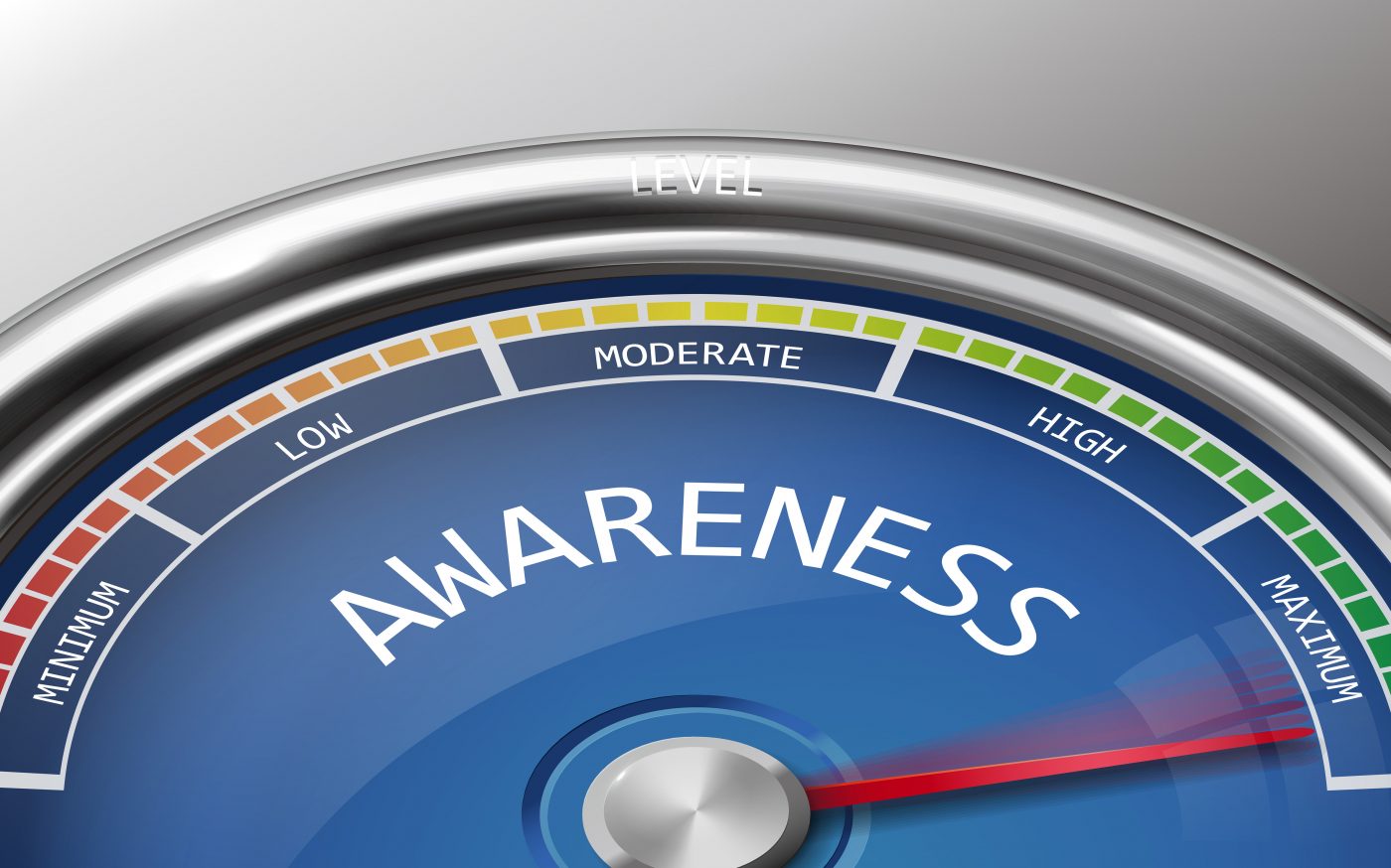Raynaud’s Association Joins October Awareness Campaign, Notes Scleroderma Link

Raynaud’s Association is launching several activities during October to raise awareness about Raynaud’s phenomenon, and help those affected by the condition.
Either in its primary form, or linked to other illnesses such as scleroderma, Raynaud’s is characterized by discoloration of the fingers and toes, with reduced sensitivity and associated painful sensation. The condition is triggered by cold or stress, leading to spasms in small blood vessels and reduced blood flow.
While Raynaud’s can cause great discomfort and pain, it can be difficult to differentiate from a common reaction to cold weather. Because of that, the condition is often dismissed.
“Raynaud’s is far more common than people think,” Lynn Wunderman, founder and chair of the Raynaud’s Association, said in a press release. “The condition can be set off by cold temperatures indoors and out, and by everyday tasks like holding a cold glass or putting a hand in the freezer.”
To build awareness, the association is stepping up its activities during October — Raynaud’s Awareness Month.
According to Wunderman, people with Raynaud’s phenomenon typically say it is just a reaction caused by “poor circulation.” For most affected people, Raynaud’s indeed is not serious, but the presence of the condition should be taken seriously, she said.
“If you have Raynaud’s, it might be a sign — often the first sign — that a serious autoimmune disease like scleroderma or lupus is the culprit,” Wunderman said. “Everyone’s fingers and toes get numb when the weather is freezing, but Raynaud’s is an extreme reaction.”
Complying with the motto of the Raynaud’s Awareness Month celebrations, the association wants to increase knowledge and change people’s attitudes about Raynaud’s phenomenon.
The association is making available an interactive Multichannel News Release to help patients, family members, friends, and doctors to find more about the disease.
The group’s website also offers useful information and resources to help patients to better cope. These include:
- The Cold Facts on Raynaud’s, a small guide containing educational materials from the organization’s website, brochures, and newsletters.
- A 4-minute educational video that shares an overview on typical triggers, symptoms, and forms of Raynaud’s.
- The Raynaud’s Marketplace, which offers a selection of more than 20 products evaluated by the organization that may be beneficial for patients.
- A section of Frequently Asked Questions, where it is possible to find answers to commonly asked questions by newly-diagnosed patients, their families, and caregivers.
Anyone interested can become a member of the Raynaud’s Association by filling out a membership form. Members receive quarterly newsletters and information about events of interest to the Raynaud’s community. To support the Raynaud’s Association and its work, people also can make a tax-deductible donation.






